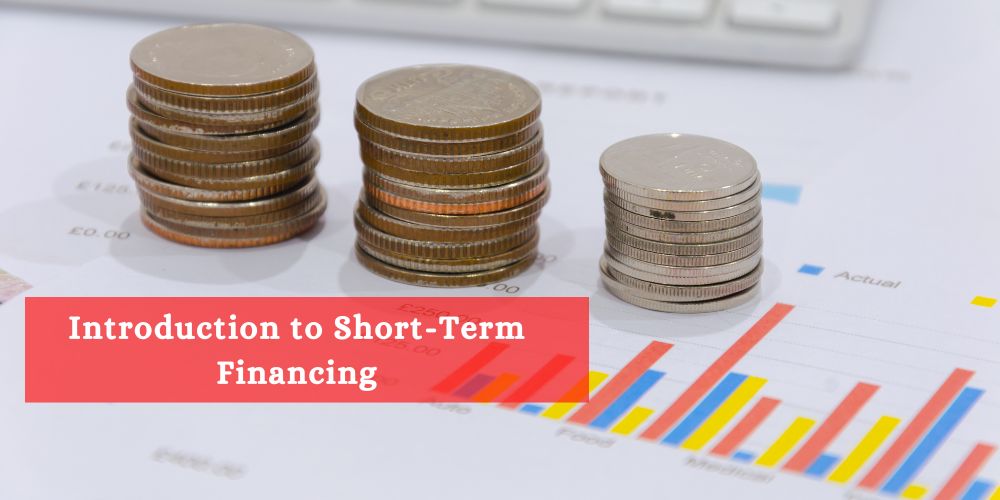
Short-term financing is a term that refers to a loan with a duration of less than one year. This type of financing is often used by businesses that need quick access to capital for the purpose of expanding or repaying existing debts.
Short-term financing is made to help companies get through the immediate gap between paying their bills and receiving the money they need. It’s very common in small businesses—and even larger ones—that deal with seasonal cash flow issues, such as when there’s a gap between when you owe money and when you receive it.
Without short-term financing, many businesses would struggle to meet their financial obligations during this time. But with short-term financing, you can get the money up front so that it doesn’t interrupt your cash flow or cause problems for your company.
Types of Short-Term Financing
Trade Credit
It is a way for businesses to get paid for their goods and services. The normal floating time period is 28 days.
Trade credit allows you to buy goods and services from other businesses, or even from people who are in the same industry as you. The business that sells you the goods or services will give you a trade credit account, which is an account with the business that holds your money while you wait for payment. When they get paid, they can pay themselves back out of that account.
If your business has no cash flow, then trade credit can be a great option for getting supplies without having to wait months for payments.
Working Capital Loans
Working capital loans are short-term loans that are provided to a company by financial institutions or banks to bridge the gap between its current assets and current liabilities. The loan will be repaid in full at the end of the term with interest or you can also pay your bills in small installments. The reason for getting working capital loans is because there is a need for liquid funds in order to keep running businesses, especially small businesses which do not have much capital but still have huge debt.
Invoice Discounting
Invoice discounting is a process that allows you to mark down the invoice price of your products so that you can pass on the savings to your customers.
The process works by making an initial payment for your products and then refunding it after you’ve sold them at a discount. This means that when you sell more than you originally paid for them, you can apply part of the extra money towards paying off any outstanding invoices.
This is a great way to reduce financial pressure on yourself and make a little extra cash while still keeping margins high.
Factoring
It is a comparable financial arrangement to invoice discounting. It is a kind of debtor finance, in which companies or businesses trade or sell their accounts receivable to a factor, or third party. In contrast to invoice discounting, which can only be done with recourse, it can be of any form.
Business Line of Credit
The Business Line of Credit is a form of lending that is designed for companies with high credit risks. It offers borrowers access to an unsecured line of credit and terms that are similar to those available through a commercial bank or other financial institution. The Business Line of Credit also has a flexible interest rate structure, which allows you to pay back the loan over time, as opposed to having all your payments due at once. The BLC is great for small businesses that need quick access to capital but may not have the resources to qualify for a traditional bank loan.
Wrapping Up
Short-term loans are incredibly beneficial for both individuals and corporations. This fixes the issue of an emergency fund for individuals as well as the dilemma of an immediate cash flow for businesses.
